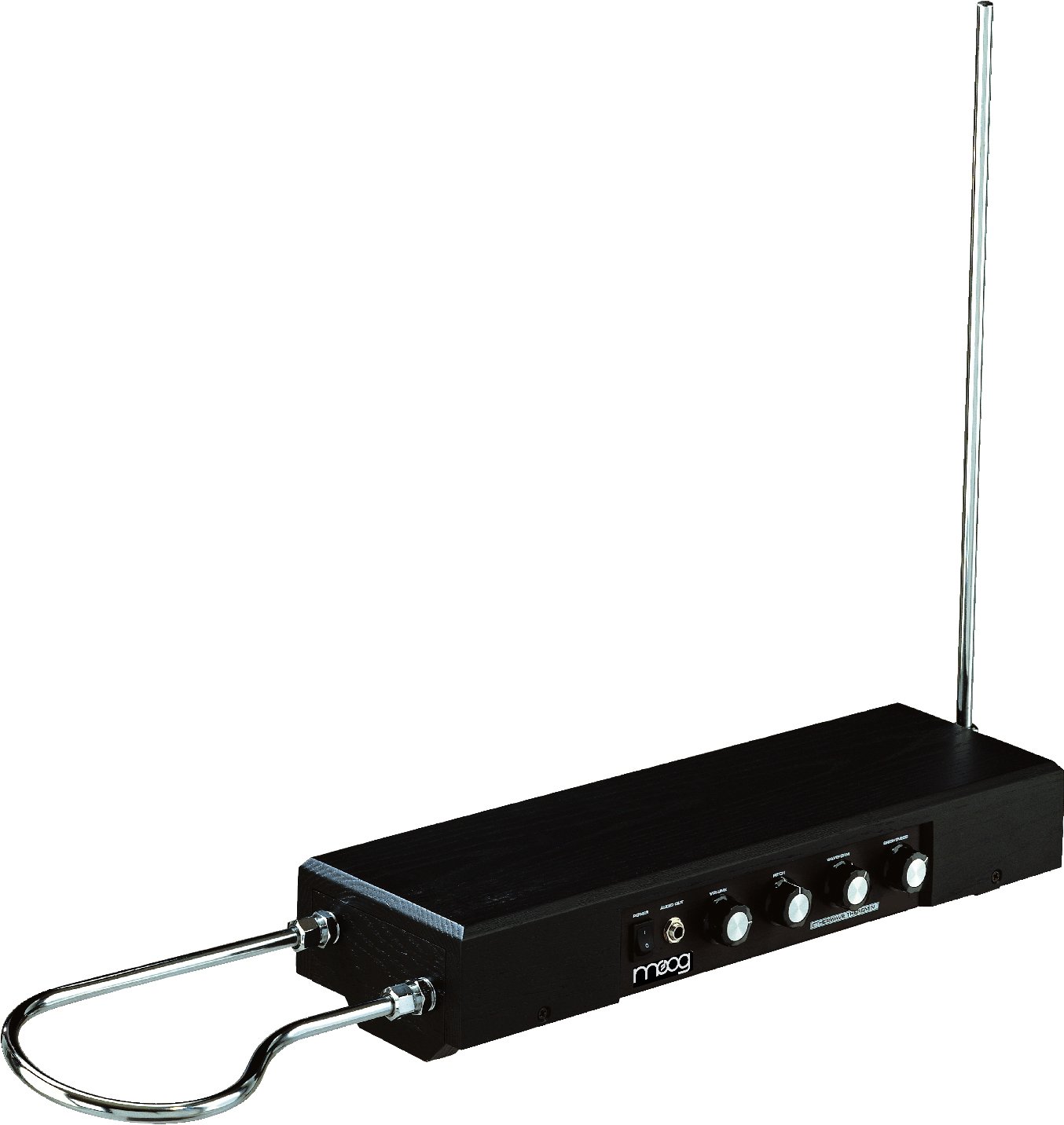Imagine a world where you can access any music track you want from one seamless platform. Every artist, every album, and every song is available for listening at your leisure. In this world, you gain unlimited access to every newly released song as soon as it is published. This world is becoming closer and closer to a reality in the advent of Spotify. Spotify is a music streaming application that allows users to play any song on the application without restrictions. They can choose to sit through advertisements every four to six songs while premium members pay a monthly subscription to gain access to higher quality streaming and eschew the ads. Spotify also connects everyone through social networks like Facebook, making music sharing even easier than before Spotify was a force in today’s global society. Such a service seems like a magical wonderland for music appreciators around the globe, and it is. Unfortunately, every fantastic invention comes with a steep cost. For musicians trying to gain popularity and become profitable, Spotify is a nightmare. Streaming services like Spotify take advantage of artists and squelch creativity in the music world by forcing artists to use Spotify to remain relevant or to switch to more unorthodox sales models, ultimately making the music industry even more unprofitable for artists either way.
How Spotify "Helps" Spread Your Band's Name
Spotify’s first big claim is that they help artists by spreading the artists’ music through sponsoring them and having them on their application. They say that artists gain publicity through the application’s many features, including radio stations similar to Pandora and a Discover area of the software that suggests new artists, albums, and songs based on the users’ recently listened tracks. Additionally, through the social media tie-ins featured on Spotify, users can see what their friends have listened to recently. Besides this, Spotify provides additional tools for artists to use to reach out to their audience like share buttons and custom profiles for the application. As Spotify grows, this publicity can only grow for artists that join Spotify and allow their music to be played through the software.The Problem
This poses a problem for the music community as a whole, as the artists who do not have a contract with Spotify will lack publicity as Spotify grows, essentially forcing artists to sign onto Spotify’s agreement to stay relevant. Once users join Spotify and begin delving into the millions of songs on the software, they have little reason to leave the application for any other music. Since they have such a large collection at their fingertips, users do not need to look elsewhere for quality music. Also, since users have unlimited access to streaming their favorite music, they have no incentive to actually pay for any more music, either from online downloads from iTunes or Amazon or through physical discs. David Byrne, lead singer of Talking Heads who now has a prestigious solo career agrees: “I'd be even more curious if the folks who "discover" music on these services then go on to purchase it. Why would you click and go elsewhere and pay when the free version is sitting right in front of you?” Byrne’s sentiment reinforces the sad truth that bands who are not on Spotify do not get the attention they need to survive and that bands on Spotify don’t actually sell more records for being on Spotify. Some already established artists like Byrne and Thom Yorke have boycotted Spotify to show their disapproval, but they can afford to leave the application because they already have made plenty of money and are established. The ones who suffer because of Spotify’s increasing popularity are the artists trying to get their band off of the ground and spread their name. They can’t afford not to join the Spotify bandwagon, and they are forced into contracts that pay very little from Spotify because of this pressure.Artists Trying to Cope
Artists who decide not to join Spotify have to switch to more unorthodox business methods that result in much less revenue generation than before the beginning of Spotify to stay relevant. Many artists like Brad Sucks (shown above recording a lovely tune), Radiohead, and Wilco have looked towards a pay-what-you-want strategy, where they provide downloads to their music essentially for free. Those who do not want to pay are not required and those who want to support their favorite artists can do so at their leisure. While most artists generate very little revenue this way, they use this method to spread their name in the music world by giving their audience a free way to experience their music. Any further revenue the music artist generates is from merchandise and concert tickets. The problem with this business method is that it makes very little money for the artist anyway. Artists are now caught choosing the lesser of two evils: contracting with Spotify to spread their name and gaining miniscule amounts of profit or using their own marketing techniques to gain followers with the risk of catching no one’s attention.
In the interest of keeping this to the usual readable length of the blog, I'm splitting this article up into (most likely) three parts. Join me next time when I move away from the marketing side of making a living off of music and talk about the actual dollars and cents (mostly cents in the case of Spotify).











